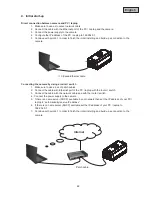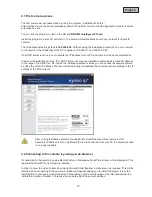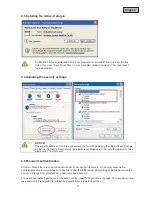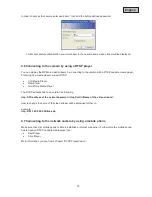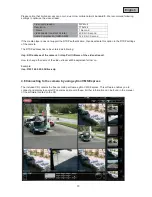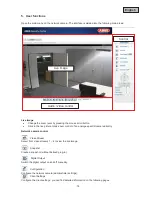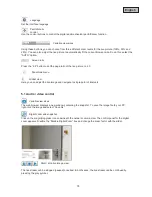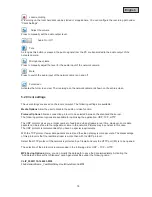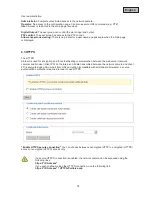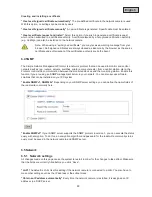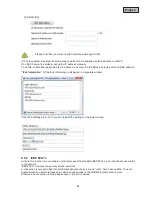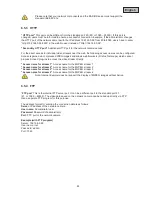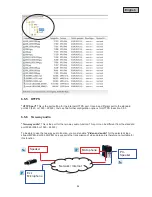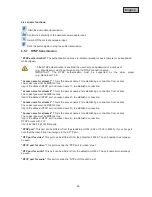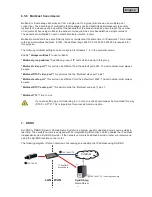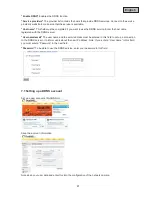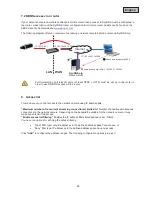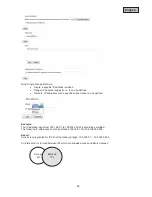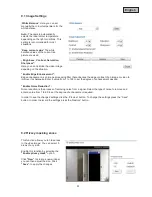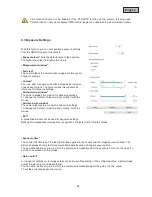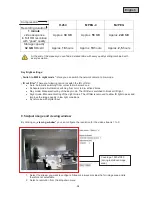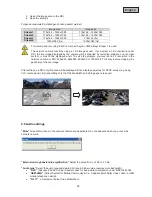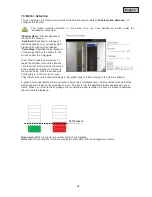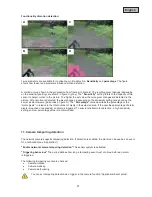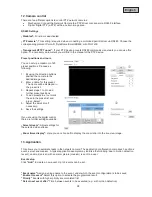
83
English
Please note that your network components and the RADIUS server must support the
standard IEEE 802.1x.
6.5.3 HTTP
“HTTP port”
This port can be different from the standard port 80 (80, or 1025 – 65535). If this port is
changed, users must be informed to ensure a successful connection. Example: If the administrator changes
the HTTP port of the network camera with the IP address 192.168.0.99 from 80 to 8080, users have to enter
“http://192.168.0.99:8080” in the web browser instead of “http://192.168.0.99”.
“Secondary HTTP port”
Additional HTTP port for the network camera access
For the direct access to individual video streams over the web, the following access names can be configured.
Access is gained via compressed JPEG images and allows web browsers (Firefox, Netscape) which cannot
process ActiveX plug-ins to access the video stream directly:
“Access name for stream 1”
Access name for the MJPEG stream 1
“Access name for stream 2”
Access name for the MJPEG stream 2
“Access name for stream 3”
Access name for the MJPEG stream 3
“Access name for stream 4”
Access name for the MJPEG stream 4
Note: Internet Explorer does not support the display of MJPEG images without Active
6.5.4 FTP
“
FTP port
” This is the internal FTP server port. It can be a different port to the standard port 21
(21, or 1025 – 65535). The video data saved on the network camera can be called up directly via FTP.
Use a separate FTP program for this purpose.
The address format for entering the connection data is as follows:
Server:
IP address of the network camera
User name:
Administrator user
Password:
Password of administrator
Port:
FTP port of the network camera
Example (with FTP program)
Server: 192.168.0.99
User name: root
Password: admin
Port: 1026

